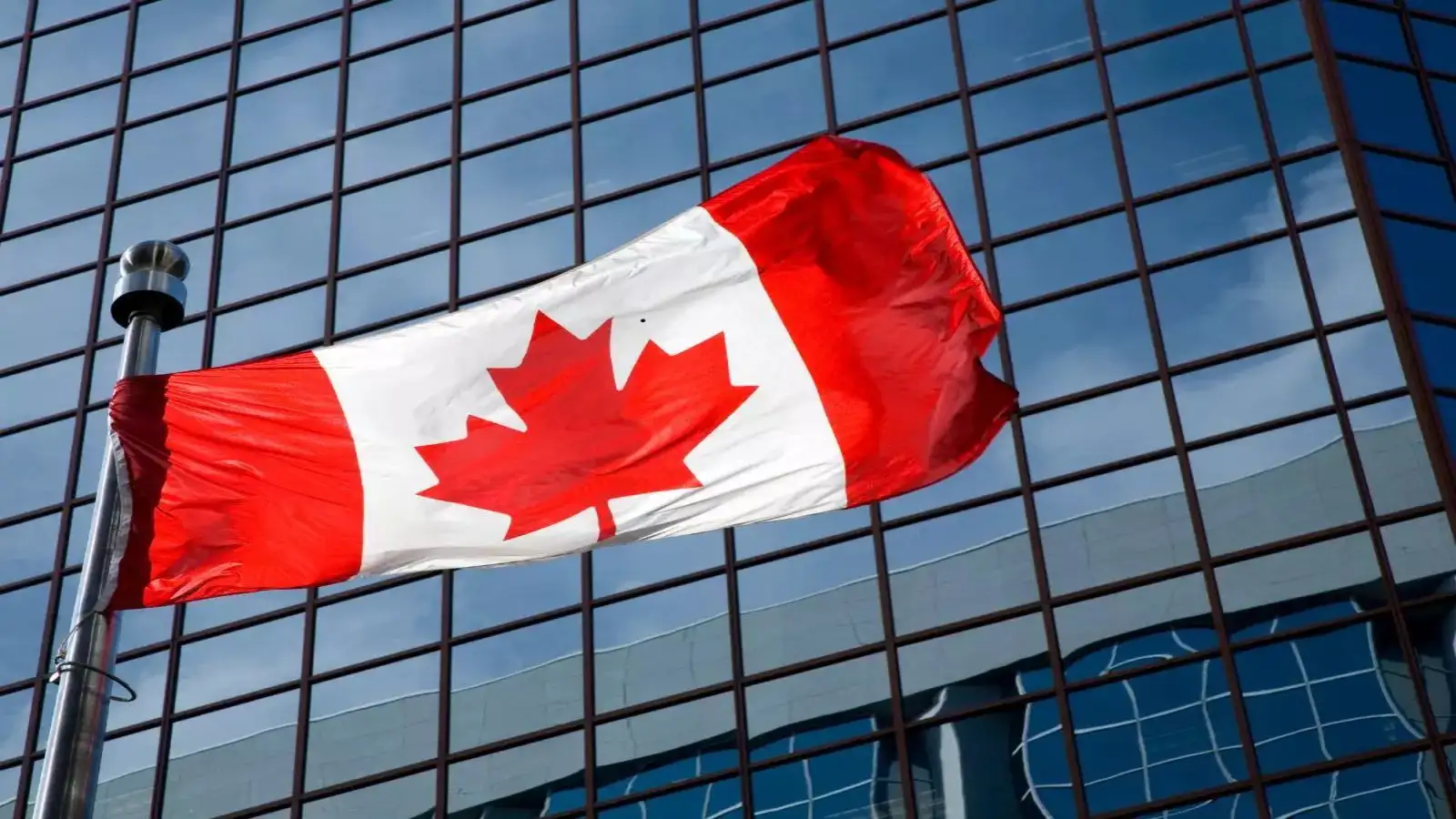Canada is one of the most sought-after destinations for people looking to build a better future, thanks to its high quality of life, strong economy, and welcoming society. Every year, the country invites hundreds of thousands of foreign nationals to become permanent residents (PRs) — granting them the right to live, work, or study anywhere in Canada. Over time, and if they meet eligibility requirements, permanent residents can also apply for Canadian citizenship.
If you’re considering making Canada your home, it’s essential to understand the different permanent resident categories. Each category is designed to meet specific national priorities — from boosting the economy to reuniting families or offering protection to vulnerable people.
Here’s a breakdown of the four main PR categories for 2025:
1. Economic Category – 60% of Total Admissions
Economic immigration is Canada’s top priority, making up the largest share of PR admissions in 2025. This pathway is for individuals — and often their families — who can contribute to the country’s economy and help address labour shortages.
People in this category are typically skilled workers, tradespeople, entrepreneurs, or professionals whose expertise is in demand. Some programs are region-specific, focusing on attracting newcomers to smaller communities or provinces that face unique labour market challenges.
Examples of programs in this category include:
- Express Entry (Federal Skilled Worker Program, Federal Skilled Trades Program, Canadian Experience Class)
- Provincial Nominee Program (PNP)
- Atlantic Immigration Program
- Rural and Northern Immigration Pilot
Why it matters: Economic immigrants play a vital role in keeping Canada’s industries running, supporting innovation, and strengthening the tax base that funds public services.
2. Family Category – 23% of Total Admissions
Canada values family reunification as a cornerstone of its immigration policy. This category allows Canadian citizens and permanent residents to sponsor certain relatives to join them as PRs.
Eligible family members include:
- Spouses or common-law partners
- Dependent children
- Parents and grandparents
- Other relatives in rare and special circumstances
Why it matters: Beyond the economic impact, reuniting families contributes to stronger communities, better integration, and improved mental and emotional well-being for newcomers.
3. Refugees and Protected Persons – 14% of Total Admissions
As part of its humanitarian commitments, Canada welcomes refugees and offers protection to people who face serious threats in their home countries due to persecution, war, or human rights abuses.
Refugees may be identified for resettlement by:
- The United Nations Refugee Agency (UNHCR)
- Private sponsors (e.g., community groups, religious organizations)
- Other authorized referral partners
Protected persons are individuals who:
- Applied for refugee protection from within Canada
- Were determined by the Immigration and Refugee Board of Canada to require protection
Why it matters: Canada’s refugee and protection programs reflect the country’s long-standing commitment to human rights and global humanitarian leadership.
4. Humanitarian & Compassionate and Other – 3% of Total Admissions
This category is reserved for exceptional cases where individuals are facing urgent or extraordinary circumstances — such as international conflicts, natural disasters, or other crises — and do not qualify under regular immigration programs.
Why it matters: It ensures Canada can respond quickly and flexibly to emerging global challenges, offering safety and stability to those in dire need.
Final Thoughts
Canada’s permanent resident categories are more than just administrative labels — they represent the country’s values and priorities. Whether the focus is on economic growth, keeping families together, or upholding humanitarian responsibilities, each pathway plays an important role in shaping Canada’s diverse and thriving society.
If you’re planning your move, understanding which category best fits your situation is the first step toward building your future in Canada.




Leave a Comment